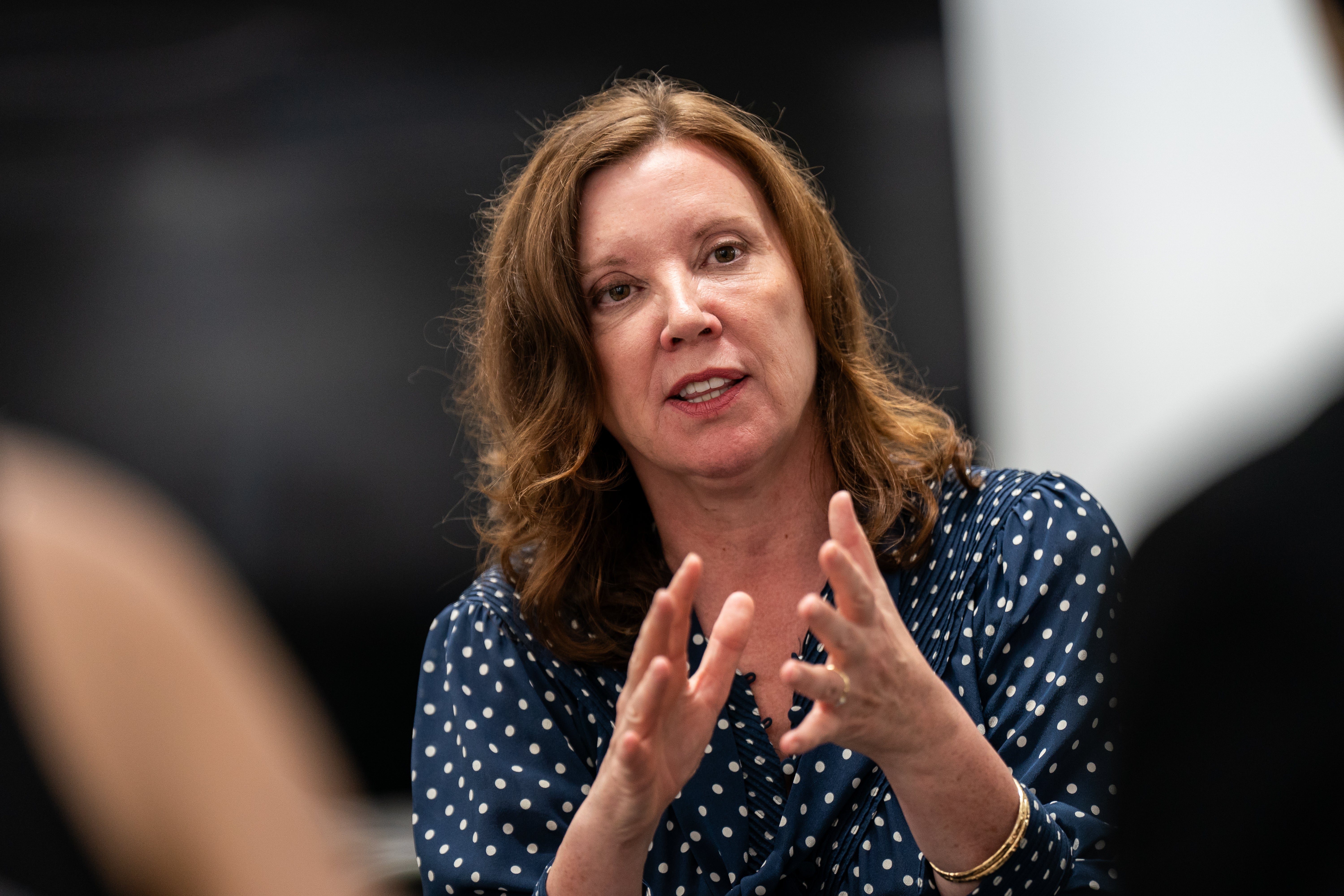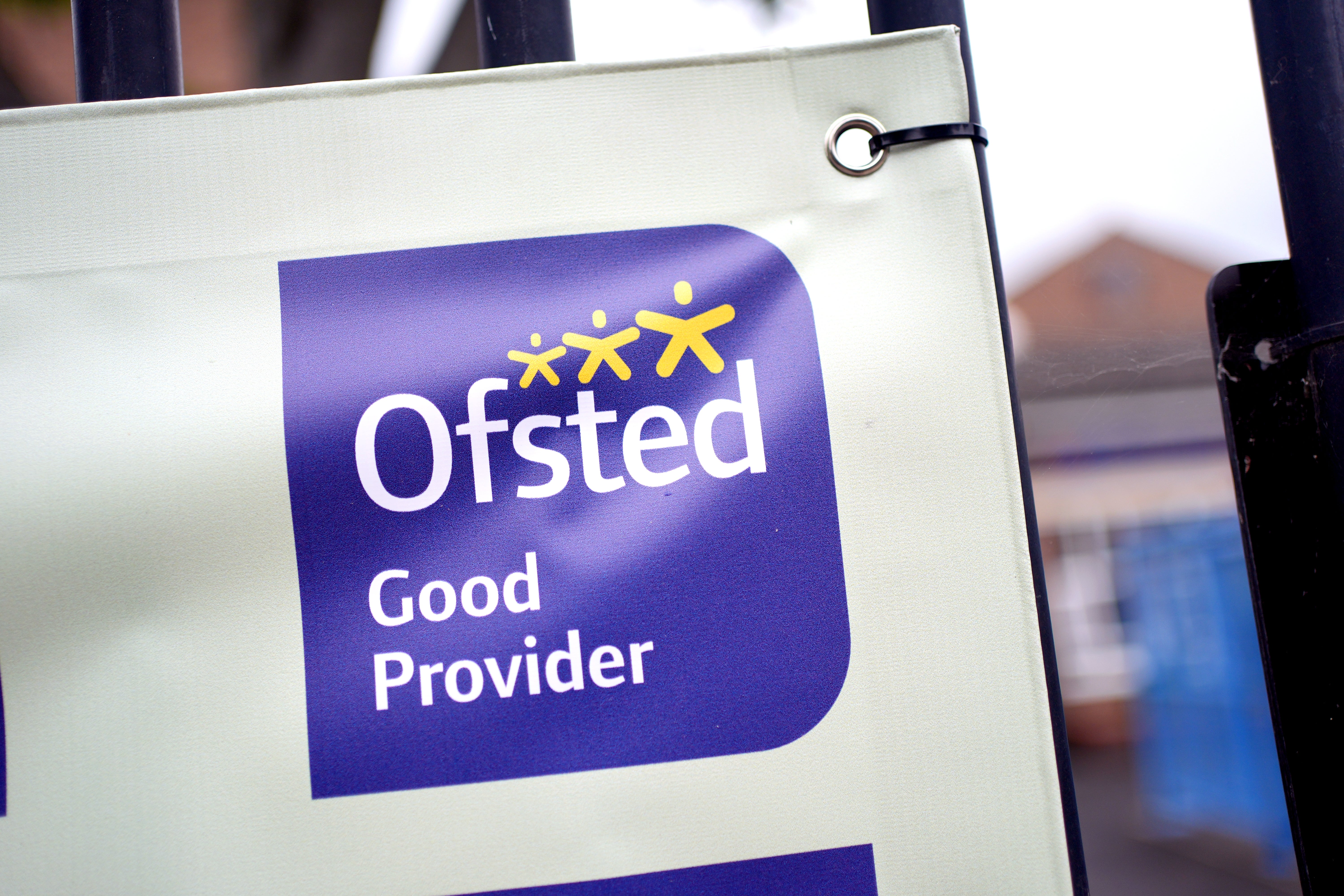Hundreds of children’s care places are costing councils more than £10,000 a week per child
Exclusive: Nine councils were paying £20,000 or more per week for a single children’s placement in residential care

Your support helps us to tell the story
From reproductive rights to climate change to Big Tech, The Independent is on the ground when the story is developing. Whether it's investigating the financials of Elon Musk's pro-Trump PAC or producing our latest documentary, 'The A Word', which shines a light on the American women fighting for reproductive rights, we know how important it is to parse out the facts from the messaging.
At such a critical moment in US history, we need reporters on the ground. Your donation allows us to keep sending journalists to speak to both sides of the story.
The Independent is trusted by Americans across the entire political spectrum. And unlike many other quality news outlets, we choose not to lock Americans out of our reporting and analysis with paywalls. We believe quality journalism should be available to everyone, paid for by those who can afford it.
Your support makes all the difference.Hundreds of children’s care home placements are costing councils over £10,000 a week, new figures obtained by The Independent show.
English councils are spending these staggering amounts for at least 266 children, data from 29 of the largest local authorities shows.
Many of these children are being housed for over a year at these rates, meaning some councils are forking out at least half a million pounds per child.
Nine councils were paying £20,000 or more per week for their most expensive residential placement, with some even paying these amounts to council-run homes, data obtained through freedom of information requests revealed.
Council leaders said the figures demonstrated that children’s social care was “broken”, citing “market failure” as driving the “excessive costs”.
Since 2019, there has been a seven per cent increase in the number of children and young people being placed into care. But this has resulted in a 45 per cent increase in those being cared for in children’s homes as there is a shortage of foster carers to take people in.
County councils have seen above-inflation increases in the cost of housing children in residential homes. Since 2019, the average cost of residential placements has risen by 55 per cent; from £3,935 per child per week to £6,108, the county councils network (CCN) said.
In its 2022 report on the children’s social care market, the Competition and Markets Authority found that, among the largest 15 providers, profit margins averaged 22.6 per cent in residential care.
They said these private companies were “making materially higher profits, and charging materially higher prices, than we would expect if this market were functioning effectively”.

However some smaller providers told The Independent that they sometimes had to charge very high prices due to the highly complex needs of children, such as caring for young people who cannot safely be around other children.
The CCN warned last month that councils’ spending on children in care will double to £12bn in six years if nothing changes.
The children’s commissioner Dame Rachel de Souza has also warned of an “alarming” rise in unregistered children’s homes. She said children are being housed in high cost, poor quality placements by councils.
Data obtained by The Independent from councils in October-November found that Hampshire, Nottinghamshire and Derbyshire had a high number of residential placements costing over £10,000 per week, with 19, 25, and 17 respectively.
Kent County Council said one of its placements, which was costing £10,000 per week on 1 November, had been in place for 556 days.
Essex County Council was paying over £10,000 per week for 21 children’s residential care placements, when it responded to the information request on 26 September.
The average length of these placements was 195 days. This included five placements that started in 2023; one in March, two in July, one in November, and one in December.
Caroline Fonjock, a director at Fevaca children’s home and supported accommodation services, a smaller provider that works across eastern England, explained why some children’s placements might be very expensive.
In a recent case, the provider was asked to book out a large home, with extensive staffing, for one child who was unable to be around other children. She said that there is a lack of solo placements nationally, with multiple councils approaching the provider to try to book the empty home.
Some children can require intensive support and the company provides teachers, a nurse, social workers, alongside a support team, and managers to provide their care, she explained.
“If for instance you have a child who is a recruiter within county lines, or a recruiter into sexual exploitation, or if you have children who have brought other children into suicidal pacts, clearly you can’t put them with other vulnerable children.
“We often take on children with a lot of complex behaviours who have gone through other residential and foster providers and it’s not worked,” Ms Fonjock said.

Ms Fonjock said that the provider had been speaking to other councils about setting up children’s homes that are specifically one-bed, rather than booking out multi-bed homes for one child. She added that many registered services are wary of taking children with particularly complex needs due to fears that the Ofsted inspection ratings are affected if they are judged unable to cope with the child. This means that councils are turning to unregulated homes as an option of last resort.
“There are many factors that are contributing to costs going up,” she said, adding that she acknowledged that “to the naked eye the costs are insane”.
Katharine Sacks-Jones, CEO of Become, a charity for children in care, said: “We are seeing these really expensive places being offered to children, and some astronomical fees. There will be times where children have particular needs and it will cost more to meet those needs, but we also have a situation where there are high levels of profit being made.
“The average profit is £45,000 per child per year. This raises questions when we have a children’s care system under tremendous pressure, local authorities going bankrupt and struggling to afford homes, and children at the end of the day getting a poor deal.”
She also pointed out that in recent years there has been a big increase in the number of children in care, with increasing family poverty contributing to this. This has been coupled with a reduction in the number of foster carers.
Care homes are not necessarily set up where there is high demand from local children. This means that children are increasingly being moved across the country, which impacts their wellbeing and connections to family and friends, Ms Sacks-Jones explained.
Jonathan Stanley, an expert on children’s care, pointed to underfunding of early-years preventative services, which was leading to pressures in later years.
There is also a lack of provision for children with higher level needs, which is causing a vacuum filled by pop-up care homes, he explained.
While most councils were paying high fees to private companies, the highest per week cost reported, of £31,000 per week, was internally recharged by East Sussex Council.
This related to a case where a child was placed in a secure children’s home which is run by the council, its spokesperson said.
They added: “The cost of care placements, which has risen significantly over recent years, is unsustainable for local authorities. Our spending on placements is under constant review to ensure we can continue to offer the right level of care and support to our children for the right amount of time.”
Warwickshire County Council was paying around £20,000 per week to a care home for girls run by Peterborough Council.
Roger Gough, children’s services spokesperson for the CCN, said: “This analysis is another example of a children’s social care system that is broken. Local authorities are operating in a false economy of paying increasingly astronomical sums for placements and less on preventative services.
“It is market failure, rather than deprivation, which is driving these excessive costs.”
Arooj Shah, of the Local Government Association, said that “sky-high costs of care placements” mean there is less money for councils to spend on earlier support for children and families.
A Department for Education spokesperson said: “All children deserve a safe, loving home, and children’s home providers play an important role in making this happen for some of our most vulnerable children.
“But as a child-centred government we are clear that there is no place for excessive profit-making. Our ambitious reforms include introducing new laws that will enable greater financial transparency of providers, bringing in new powers to cap provider profits if profiteering is not brought under control, and encouraging more non-profit providers to offer placements.”
Join our commenting forum
Join thought-provoking conversations, follow other Independent readers and see their replies
Comments